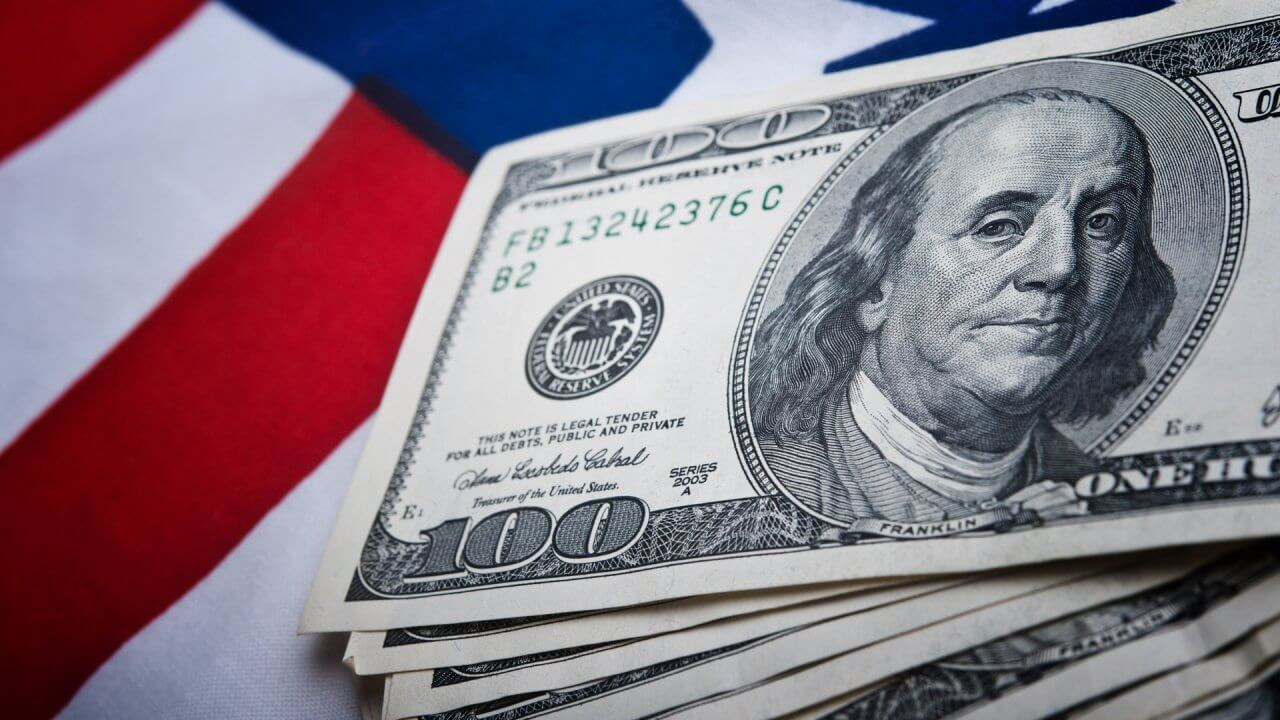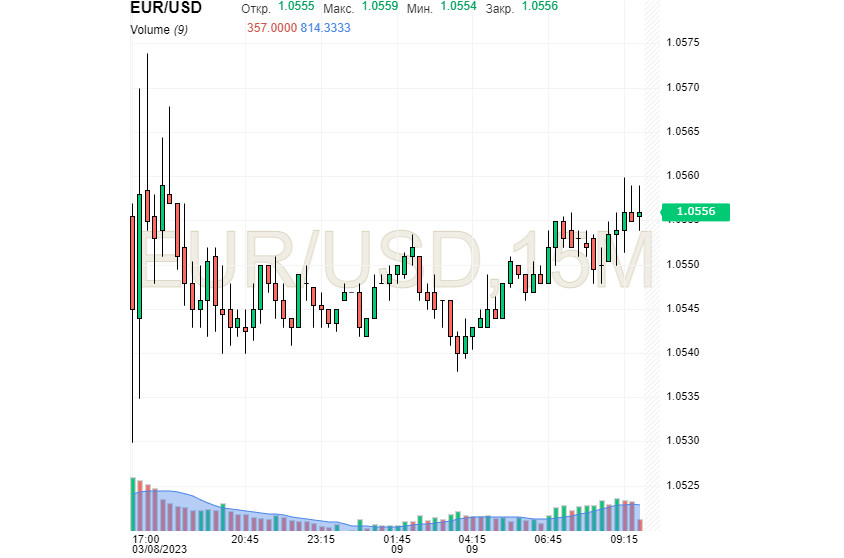
The U.S. currency gained confidence after the Federal Reserve meeting, overtaking the euro. However, analysts expect this trend to fade, believing that the dollar's growth is short-lived, and the Fed's efforts in this direction are unproductive.
On Wednesday, March 8, market participants estimated Fed Chairman Jerome Powell's report that considered the important aspects of the current monetary policy. According to Powell's statement, the US price stability is still in question, and the core inflation is declining too slowly. At the same time, the central bank is ready to speed up monetary tightening if necessary.
According to analysts' observations, Powell's speech was "less explosive for the markets" in comparison with the similar one held on Tuesday, March 7. Nevertheless, it provoked a sharp growth of the dollar. Against this background, the chances of a 50 bps rate hike increased significantly (by 70%). Analysts assume such an increase at the forthcoming meeting of the central bank, which is scheduled for March 22. The result of the last Fed meeting was an impressive turnaround in market expectations. Take note that a week earlier, only 30% of traders and investors believed in a rate hike, while a month ago, it was only 9% of participants.
According to experts, such reassessment of expectations took place after Powell's comments, but not after the release of U.S. macro data. A month earlier, market participants were guided by the US employment report (increase by 517,000 in January 2023). Moreover, a significant increase in personal spending of Americans and a sudden growth of the Consumer Price Index (up to 4.7% y/y instead of expected 4.3% y/y) added more oil to the fire. This made analysts and market participants reconsider their previous forecasts.
Earlier, in the weeks since the beginning of 2023, Fed officials have been convincing market players of their hawkish intentions regarding monetary policy. As a result, traders and investors began to price financial assets for an impending tightening of monetary policy. However, later the situation changed. According to observations, now markets expect more than the Fed is ready to do. Against this background, experts recorded a fundamental divergence of market expectations and statements of the central bank on a possible reduction of the key rate. Back in January, the markets expected a pivot of the Fed's monetary policy and decrease in rates by the end of 2023, however it contradicted the Fed's previous forecasts.
Earlier this week, Fed data showed a $14.8 billion increase in U.S. credit, up from the $10.7 billion recorded in December 2022. At that, analysts expected $25.2 billion. Experts believe the current data proves cooling of consumer demand, and this indicator is very important for the central bank. On this background, the next reassessment of the Fed's monetary policy might be in favor of a smoother increase in rates.
The greenback showed considerable growth at this time, though experts fear the growth of negative sentiment. Analysts think that the current rise in USD is short-term and unstable. In the coming days, the dollar will go back to the downtrend, testing the levels of the beginning of December 2022.
On Thursday, March 9, the dollar rebounded to a three-month high on the back of Powell's statements about a possible interest rate hike to curb inflation. This supported the demand on the market and helped the U.S. currency to rise. On the second day of his speech before the U.S. Congress, Powell reiterated his hawkish position, while cautiously noting that a debate was ahead about the scope and methods of future rate hikes, which depended on the current macro data.
Against this backdrop, the dollar's rapid rally came to a halt, taking a pause. The euro also retreated from its multi-month lows, reaching 1.0546. According to analysts' observations at the beginning of the week, the EUR/USD pair lost over 100 pips and dropped below 1.0550. That's how the euro reacted to the hawkish signals from the Fed. Currency strategists at MUFG Bank believe the pair will shrink even more by the end of the first quarter. The catalyst for this will be a more significant rate hike (50 bps), says MUFG Bank. By now the EUR/USD pair has been trading near 1.0556, trying to catch up.

According to estimates, Powell sounded two clear hawkish signals regarding the prospects for further monetary tightening. Based on current economic data, he noted that "the final level of interest rates will be higher than expected". Experts believe the second hawkish signal from Powell was the fact that he allowed a rapid return to larger rate hikes of 50 bps.
And so the upward risks for the U.S. currency became stronger. Later on, experts came to the conclusion that the current hawkish renewal of the Fed's monetary policy confirms the forecasts regarding the dollar's further growth.
As for the March meeting and the Fed's further action on rates, the question remains open. According to Powell, everything will depend on the incoming macro data. At that, the Fed chair paid attention to possible losses from inflation decrease, which may exceed the costs of its control.
In the current situation, market participants have reconsidered previous forecasts, providing for aggressive rate hikes. At the moment, traders and investors are pricing in further rate hikes, assessing Powell's recent comments. It is expected that the key rate in the U.S. will remain above 5.5% until the end of this year.
The dynamics of the US currency are still far from stable. The USD will continue to grow in the short term, but its long-term prospects are questionable. According to Powell, the greenback is the only "serious candidate for the role of a global reserve currency". ING's currency strategists are also quite optimistic, believing that "the widespread decline of the dollar has been postponed". At the same time, analysts are confident that markets are underestimating the risks of a hard landing of the U.S. economy.





















